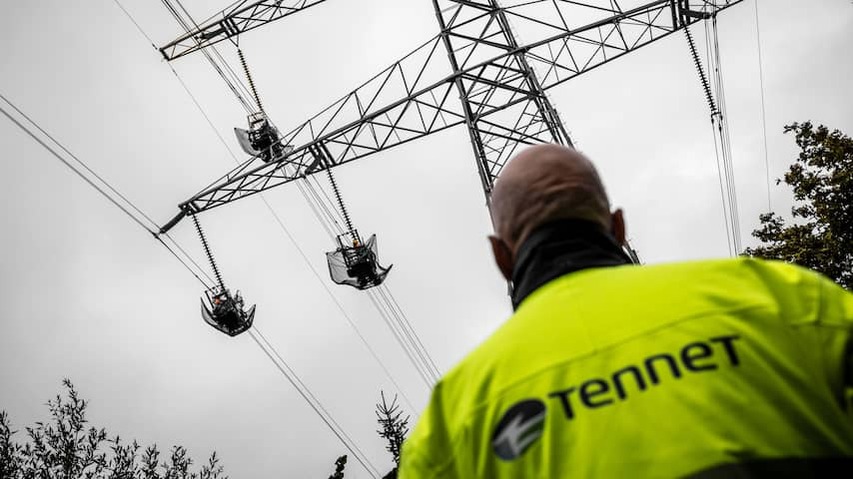
After 2030, The Risk of Power Shortages Will Increase. At Times with Insufficient Sun and Wind, There Will Not Always Be Enough Flexible Sources to Supply the Entire Country With Electricity, TenneT Expects. The Grid Operator Reiterates its call to the government to do something about this.
Last year, the so-called security of supply monitor Showed for the first time that the number of hours with power shortages will increase after 2030. In 2033, that number of hours is the nationally agree standard of four hours per year.
The Research Has Been Repeated this year and Largely Comes to the Same Conclusions. TenneT expects An Average of Thirteen Hours with a Power Shortage in 2033 and Nine Hours in 2035. In cold, Windless Winters that Number May Be Greater, and in favorable Conditions Smaller.
An Hour with a Power Shortage Does Not Mean That The Entire Country Is Without Electricity, But It Does Mean That Some of the Users Will Be In The Dark.
The scores are slightly better than in last year’s research. This is partly because a tennet now uses weather scenarios that take climate change into account, which are mean that ‘eleven cities’ occur less frequently. The Grid Operator also thinks that the number of batteries in our Energy System Will Increase Faster Than PreviOutly Thought.
Also FEWER Power Plants in Neighboring Countries
But after 2030 There Will Still Be A Shortage of SO-Called ‘Controllable Power’, Such as Gas and Nuclear Power Plants That Can Run At Any Desired Time. These Remain Necessary If Solar Panels, Windmills and Batteries Cannot Supply Enough Power. All Dutch Coal-Fired Power Stations Must Be Closed by 2030 and Gas-Fired Power Stations are also Running Less and Less of Due to the Growth of Sustainable Sources. This makes it financial less attractive to keep them open.
This applies in particular to less efficient power plants, which run less frequently. “It’s not all doom and gloom for all gas-fired power stations,” Says Joost Greunsven, Market Analyst for Tennet. But Older Power Stations May Face High Maintenance Costs That They Cannot Recoup. “They are having a difficult time at the moment.”
The Same Problem is occurring in our Neighboring Countries, Where Nuclear, Coal and Gas-Fired Power Stations are also so Closing. “We Therefore Advise the Ministry to Take Timely Measures to Make Sufficient Flexibility and Controllable Power Possible,” Says Maarten Abbenhuis, Operational Director of Tennet. He calls for a thorough investigation into the best solution.
Cabinet is Investigating Solutions
The Cabinet Says It Wants To Carry Out Such An Investigation. For example, The Possibility of Maintaining A “Strategic Reserve” is Being Looked AT. Old Gas-Fired Power Stations would not be closed complete, but would be tasks over by TenneT and Remain Avisable for the Moments When a Power Shortage Threatens.
Another Possibility is to have new gas or hydrogen-fired power stations build. They would recyive a fairy if they are available to supply power, and not only if they actual run.
Germany Wants to Set Up Many New Gas-Fired Power Stations in This Way, which must switch to Sustainable Hydrogen from 2035. But Opponents Are Critical, Becoause They this Will Prolong The Dependence on Natural Gas. Moreover, it costs a lot of money. Accordance to TenneT, IT is Doubtful Whether New Construction is Necessary in the Netherlands.
The Grid Operator Does Really Stimulating Innovative Energy Storage. New Techniques Such as Compressed Air Storage Could Play an Important Role in Preventing Power Shortages, because they can store Power For Much Longer Than The Lithium Batteries That Usualy Do So For A Maximum Of Four Hours. But these new technologies are not yet available on a large scale.